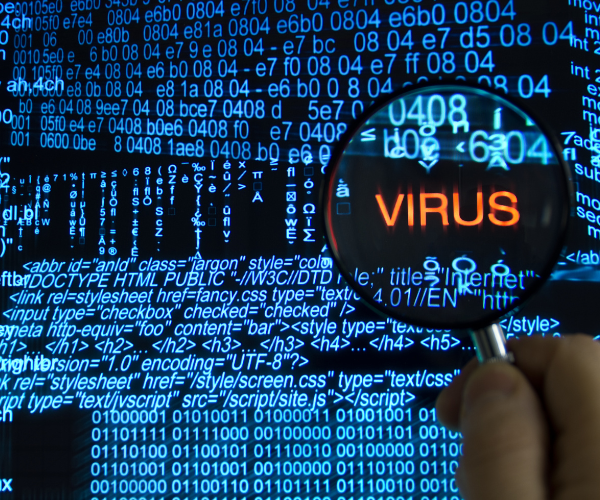.With the rise of cyberattacks, organisations need to stay ahead of the curve by utilising the best possible technology for their endpoint security. One of the technologies that is gaining a lot of traction in recently is called Endpoint Detection and Response (EDR). In this blog post we are going to discuss what EDR systems are, how they work, and why they are becoming increasingly popular with businesses.
What is Endpoint Detection & Response?
Endpoint Detection & Response (EDR) systems detect security incidents and respond quickly once an attack has been identified. The response can include isolating the affected system or launching countermeasures against malicious activity. EDR also provides visibility into activity on endpoints so that any potential threats can be identified and addressed before there is a chance for them to become more serious issues.
How Does EDR Work?
An EDR system works by gathering data from endpoints—including network connections, software installations, user activities, processes running on devices, etc.—and analysing it using machine learning algorithms. This information is then used to identify anomalies that may indicate malicious activity or security breaches. If a threat is detected, then the system will take action to mitigate it—such as deploying countermeasures or isolating the affected device—to protect the organisation’s assets and data integrity.
Why Should I Use an EDR System?
Organisations should use an EDR system because it provides enhanced visibility into endpoint activity. It can also help detect potential threats before they become serious issues. Additionally, an EDR system can provide insights into user behaviour. This way, organisations can better understand how their employees are interacting with their systems and networks. An EDR system can automate many of the manual processes involved in incident response so that organisations can respond quickly and effectively when faced with cyber threats.
Additionally, many EDR solutions also offer automated incident response capabilities which allow them to quickly respond to any threats detected by the system without requiring manual intervention from administrators. This further reduces the time needed for incident response while also increasing its effectiveness.
Another benefit of using EDR solutions is that they provide greater flexibility for organisations in terms of how they manage their security posture. They are designed to integrate with existing security systems so that organisations can tailor their defences to meet their specific needs; without having to invest in additional tools or services.
Comparison with Traditional Anti-Virus Platforms
When comparing EDR technology with traditional anti-virus platforms, there are several key differences that should be noted. First, traditional anti-virus platforms focus on signature-based detection methods while EDR technologies utilise machine learning algorithms for threat detection. These can detect a greater range of threats faster and more accurately than signature-based detection methods.
Additionally, traditional anti-virus platforms focus primarily on prevention. EDR technologies offer both prevention and response capabilities which allow organisations to act quickly when threats are detected.
Finally, traditional anti-virus platforms tend to have limited forensic capabilities while EDR technologies offer enhanced forensic capabilities. These allow organisations to investigate incidents more effectively.
Conclusion
In conclusion, Endpoint Detection & Response systems are becoming increasingly popular for businesses as they provide enhanced visibility into endpoint activity and allow organisations to respond quickly in case of a cyberattack. By utilising an Endpoint Detection system, businesses can ensure their assets and data remain safe from malicious actors. Additionally, gaining valuable insights into user behaviour as well. Ultimately, investing in an effective EDR platform could be a game-changer for any business looking to improve its security posture.
We highly recommend SentinelOne as an EDR platform. This platform can dramatically improve visibility and give you more confidence that you are well protected against advanced security risks. SentinelOne will provide the necessary levels of protection so you can keep your organisation running smoothly and securely without worrying about malicious actors infiltrating your digital assets.
SentinelOne offers a comprehensive security system with powerful malware and ransomware prevention capabilities; as well as robust endpoint detection and response. The cloud-based dashboard provides greater control over your IT environment and allows for easier management of the product itself.
Furthermore, SentinelOne’s AI-driven technology makes for smarter threat detection, which is especially helpful in large organizations with many endpoints. Based on all these strong features, we have chosen SentinelOne as our EDR provider.
Like this article? Follow us on Facebook for more info, tips and tricks!




